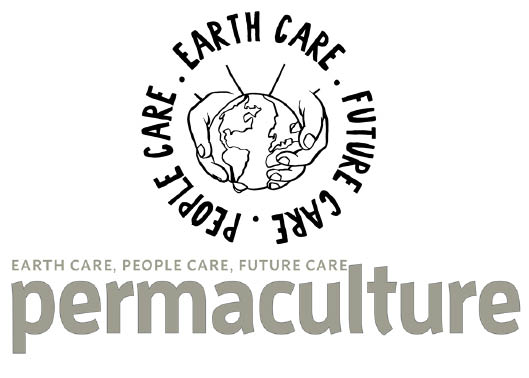
Kazuba news – January 2025
Kazuba have announced a series of upgrades and new options for their highly successful range of semi-public off-grid, waterless toilets, that are serving thousands of
This article was written for WooWoo by John ‘Compost’ Cossham, one of the UK’s leading composting experts. You can also listen to WooWoo’s Martin Doyle interviewing John on Episode 6 of the WooWoo Waterless Toilets Podcast.
Composting is one of the easiest gardening activities you can do, and composting ‘humanure’ (the polite way of describing human manure, poo, ‘number twos’, or sh!t) is easy too, and allows us to complete the cycle of growing food, eating food, defecating, and turning that material into rich soil to grow food in again.
Nature does this process with animal dung, and plant material which falls on the soil surface, and even dead animals can compost down. All we have to do is to give the compostable materials the best conditions to decompose in.
It’s not difficult and will allow you to have a composting toilet, saving precious freshwater resources and recycling a waste stream that some people want to forget about.
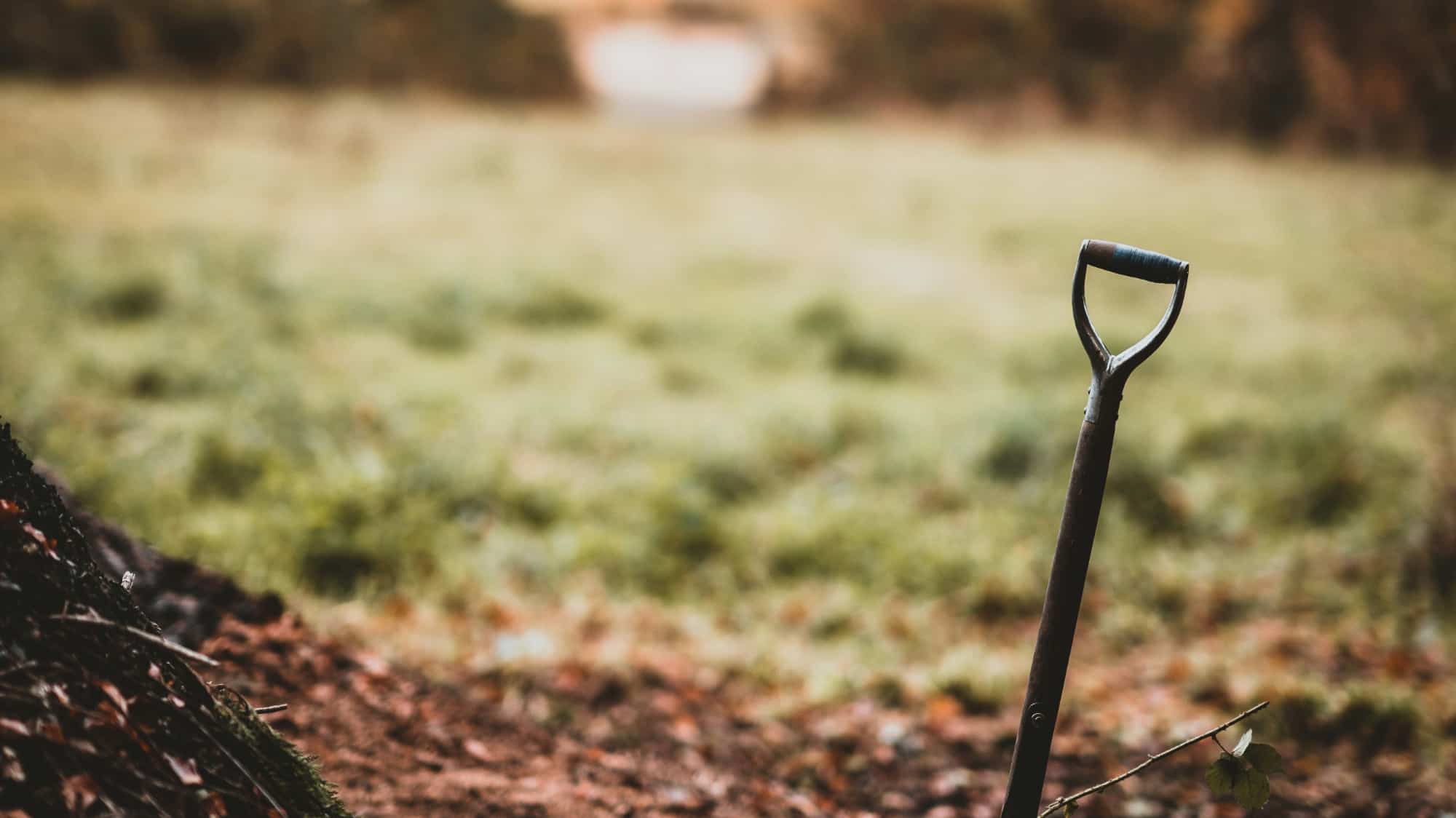
Some of the toilets that we at WooWoo sell enable composting to take place within the toilet container, such as products based on the WooWoo GT for example. These are generally referred to as composting toilets (notice the ‘ing’ on the end, indicating this is an active process in the container).
Others collect the contents and manage odours etc, but these contents will, at some point, need to be removed and transferred to a composting pile or bin. These toilets are generally referred to as compost toilet (note the lack of ‘ing’ at the end) or dry toilets, and it’s this type, such as models by Separett, Air Head and Kazuba, that we’ll be talking about here.
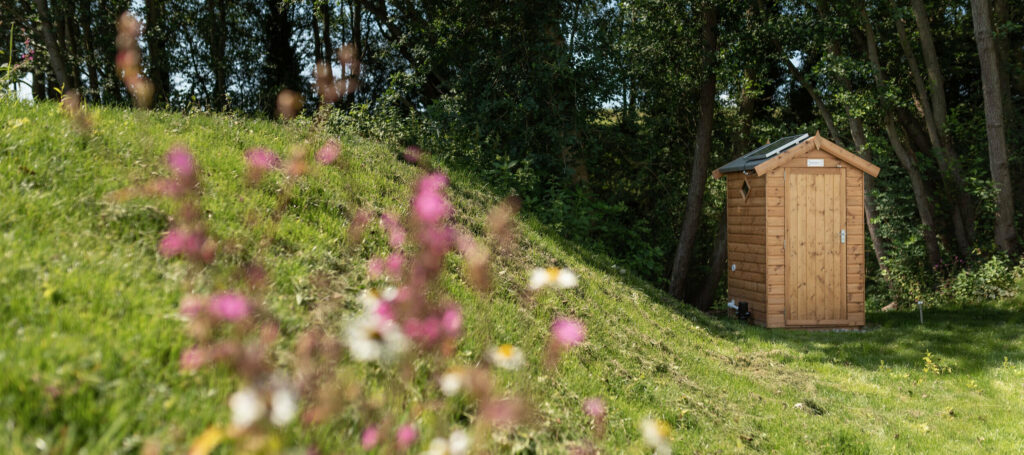
Composting is a process of aerobic decomposition, the splitting apart of complex molecules built by animals and plants, using organisms such as bacteria, fungi and worms which use these materials as food, resulting in compost.
This material forms the ‘organic’ part of soil, organic in this sense meaning containing carbon, and derived from living organisms. Composting happens naturally in all terrestrial ecosystems where plant and animal remains fall onto the soil surface, and over time, become part of the soil.
People do composting in the active and controlled sense, to tidy up and ‘get rid’ of waste materials, and to provide the nutrient-rich material which helps plants and crops grow and thrive.
Firstly, a mix of materials works best, with some carbon-rich, structural items such as woodchips, wood shavings, sawdust, shredded twigs, straw, paper or cardboard, and some nitrogen-rich material, which is often soft, sappy, and decays really quickly – fruit and veg, cooked food, grass clippings, and manures (including human manure).

Some composters call these two groups ‘browns and greens’ (although confusingly for us, the ‘greens’ are actually brown in colour, if you get our drift!)
The bacteria and fungi don’t need to be added by you; they are abundant on every surface and the air is full of spores, but the process does need air – specifically oxygen, and moisture. And, time for the decomposer organisms to break the materials down so that they’re unrecognisable from what went in. Composting can be done in an open pile but it is tidier and safer (when composting manures) to use some sort of bin or enclosure – typically people use a plastic bin called a ‘dalek’, or a wooden-sided structure, easily made with pallets. There are also tumblers and insulated bins.
Composting is generally a slow process, but if a heap is managed in a certain way, and if sufficient volume, the temperature can be increased and this will speed things up.
Unless you’re operating a commercial site, it’s unlikely you’ll have sufficient raw materials (manure) but if a large enough volume of compostable material is placed all together (the recommended ‘hot pile’ volume is one cubic metre, or if the outside of the pile is insulated), then the respiration and reproduction of the bacterial decomposers will generate sufficient heat to get the centre of the pile up to over 50ºC, hot enough to kill any pathogens found in humanure.
The pile won’t stay at that temperature as it will run out of oxygen, or biodegradable materials to consume, so turning and mixing the pile can enable the centre to heat up again.
However, a cold heap works just as well… but slower. Pathogens and bacteria such as ‘faecal coliforms’ will slowly die off in cold heaps too, so a year after the poo has been deposited in the compost system, it will have turned from something we find disgusting into a quite pleasant earthy material, processed by fungi and worms into a rich growing medium, with nutrients which nourish plants.
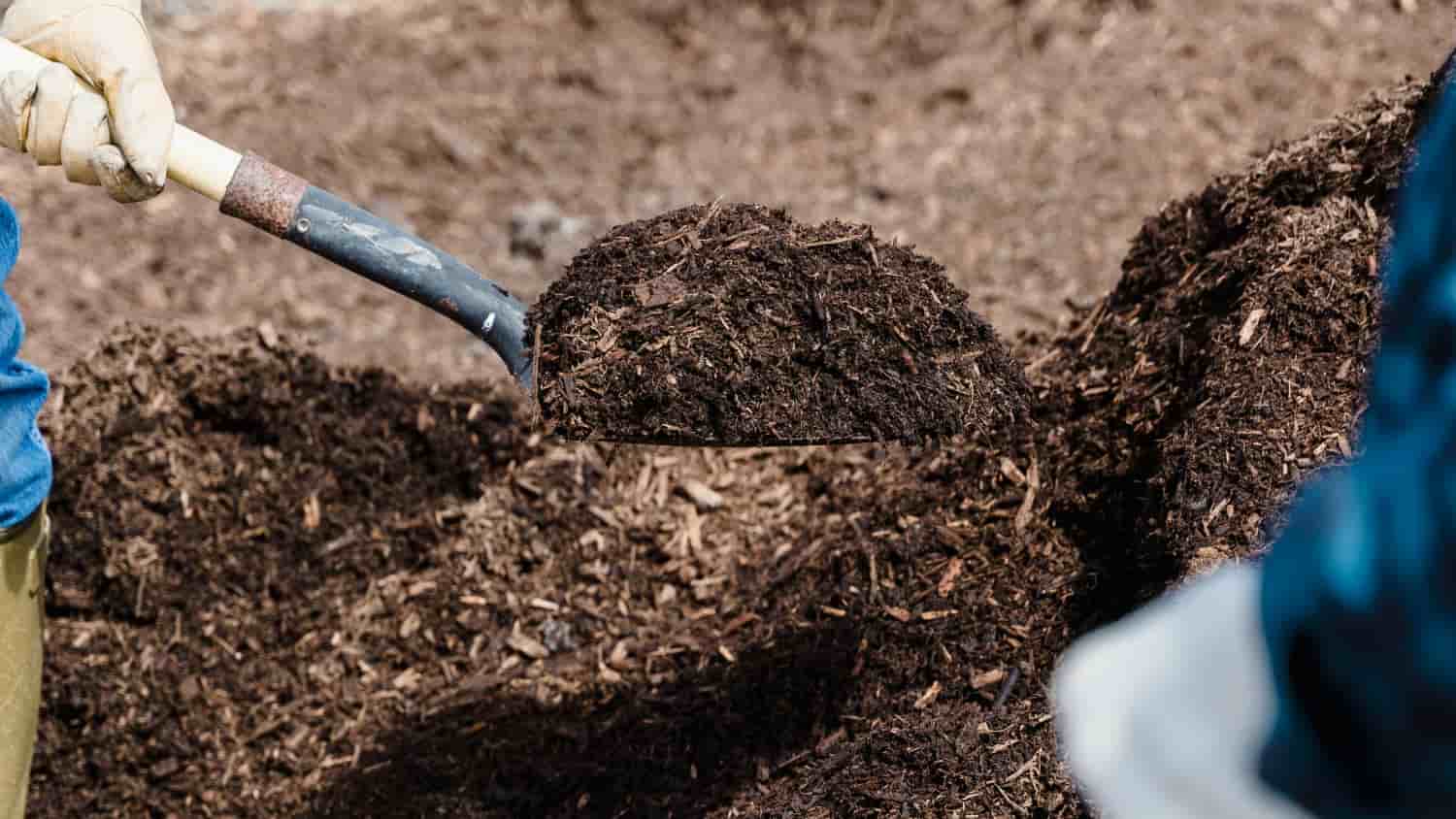
When composting something nitrogen-rich like manure, having some carbon-rich materials to ‘balance’ the process is essential. Many compost toilet systems WooWoo sell don’t use sawdust or woodchip at the point of use (with the exception of Air Head, which uses coco-coir) which keeps the operation of the toilet very simple, but it does mean you must add some carbon material at the composting stage.
It doesn’t matter too much what you use, (sawdust, wood shavings, coir, straw, hemp bedding etc) and their purpose is not primarily to ‘soak up excess moisture’, but is primarily chemical – composting organisms need/like a mixture of high carbon materials and nitrogen-rich materials, and close behind, a physical attribute – which aids the biochemistry.
Woodchip or straw (due to their bulk and ability to trap oxygen) helps CO2 and water vapour to move through the pile and leave, and allow oxygen to diffuse into the heap, helped by the relatively slow decomposition of these tough materials.
If you have only the putrescible nitrogenous materials (manure), they have an initial breakdown which means they lose their structure, and they collapse into a soggy mass and gaseous exchange is reduced, especially in a static pile. So the physical structure of the carbon material helps the longer-term composting process too.
It is possible to make compost in just one receptacle, such as a Dalek compost bin, and extract finished compost from the base using the hatch that many of them have – but it can be a bit fiddly. With a garden waste compost bin which is almost full, it would be feasible to remove the top layers of the compost pile, and then to dig out as much of the basal ‘finished’ material as possible, and then put the removed top back into the now empty bin… but I wouldn’t do this with a humanure composter, as handling humanure before it composts down isn’t a good idea.
Having two, or more composters is by far the best method, for any sort of composting. This can work a number of ways. You can add materials to one over a period of weeks, months, or even more than a year and when full, transfer the entire contents to the second bin or bay, and then start refilling the first bin again. When the first one is full a second time, the materials from the first batch are likely to be fully composted and usable. However, with a humanure compost bin, this digging out isn’t recommended.
It’s up to you. For family use, you’ll be surprised at how little compost the compost toilet system actually produces, in which case you might not want a separate compost bin for food and humanure, so you can mix them together, which will add to the variety of ingredients and go on to make a better compost.
Composting humanure does produce a safe compost, and the composting process can also eliminate (transform) most medicines. However, some chemotherapy drugs are persistent so if you don’t know the health of the users, exercise caution and certainly avoid growing any food with the humanure compost.
This depends on whether your toilet is just for family use, or has a public use element too. For families, where you know the users are fairly healthy, then you could use the compost in the same way as any other compost to grow food, add to flower beds or mulch around trees.
The one caveat is that you cannot grow food which you then sell commercially, unless you get the compost safety tested in a laboratory.
If you’re running a commercial or public site, then the best option is to use the humanure compost as a mulch around trees and shrubs. Nature will be incredibly grateful for the addition of nutritious compost.
Again this will depend on the nature of your site. For commercial sites, it’s important to keep the people and animals away from the compost bin(s). For domestic users, this is less of issue, but use common sense to ensure the safety of everyone in the garden or grounds.
You should also consider any risk of flooding when deciding on the ideal placement.
Don’t forget to always wash your hands when handling anything related to the compost containers, bins, or tools!
Find out more on our ‘composting process‘ page.

Kazuba have announced a series of upgrades and new options for their highly successful range of semi-public off-grid, waterless toilets, that are serving thousands of
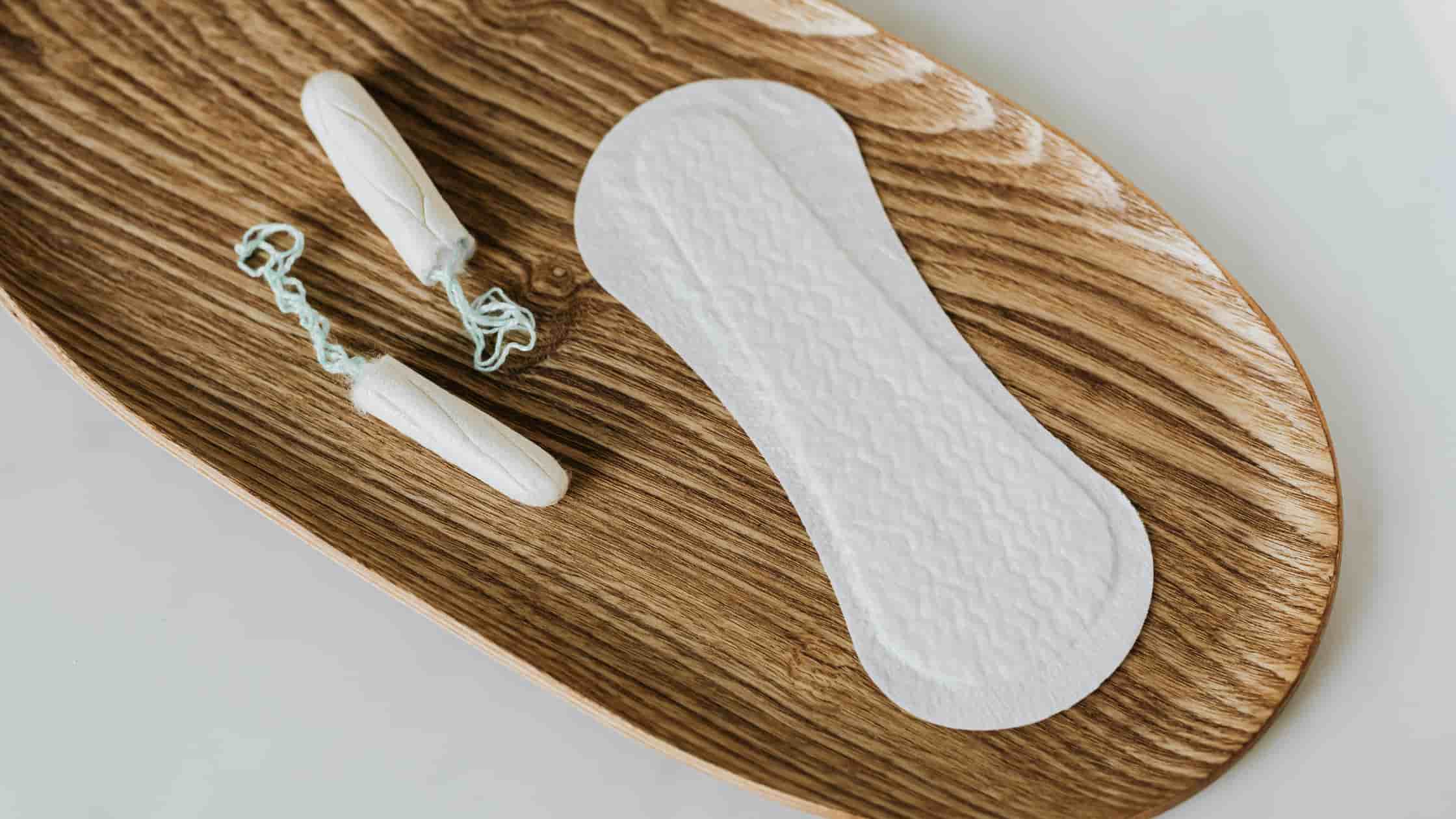
When it comes to compost, composting and waterless toilets, there are some questions that very few people feel comfortable asking, but everyone wants to know
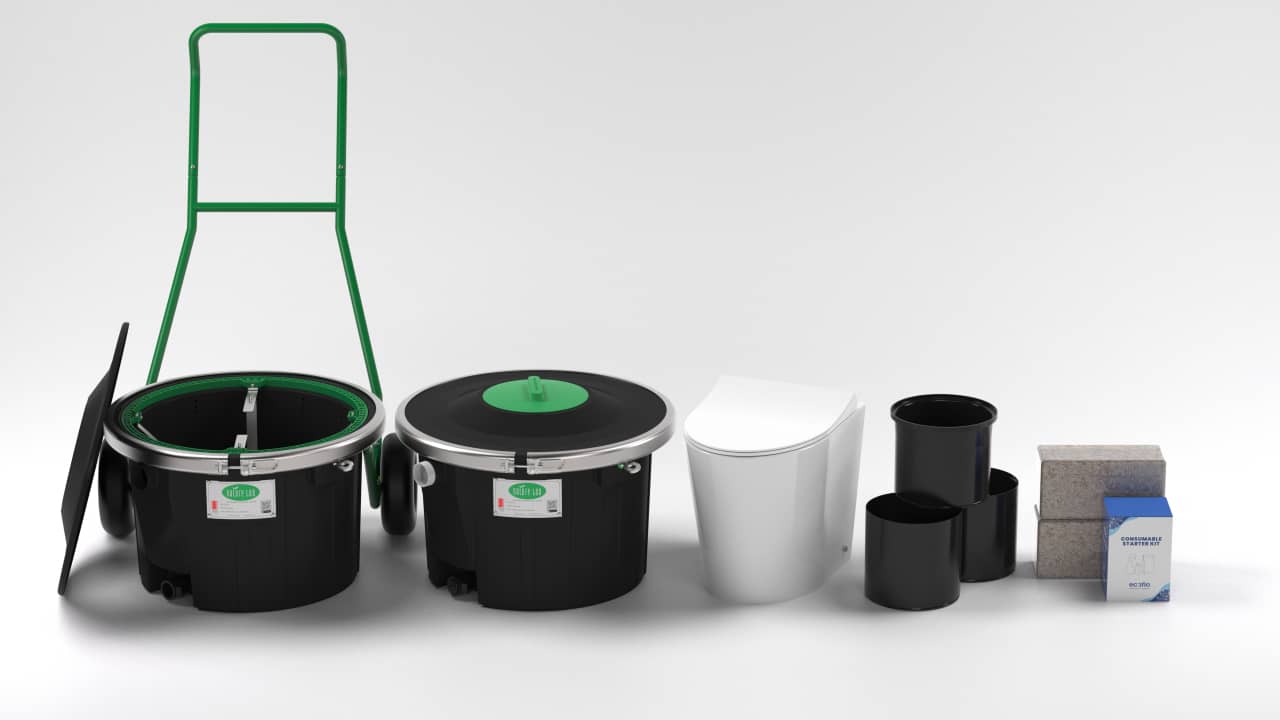
If you keep an eye on our website, you might have noticed a new product slip in recently – the Alectura Premium by Nature Loo.
Not sure which toilet is right for you, need a quote or want to know a little more information?
Help us advise you by telling us a little about your situation - or even better, give us a call to discuss options!
Alternatively, you can write us an email at:
or give us a call on:
Sign up to our newsletter to receive WooWoo news and offers
Like us on Facebook
Suppliers










